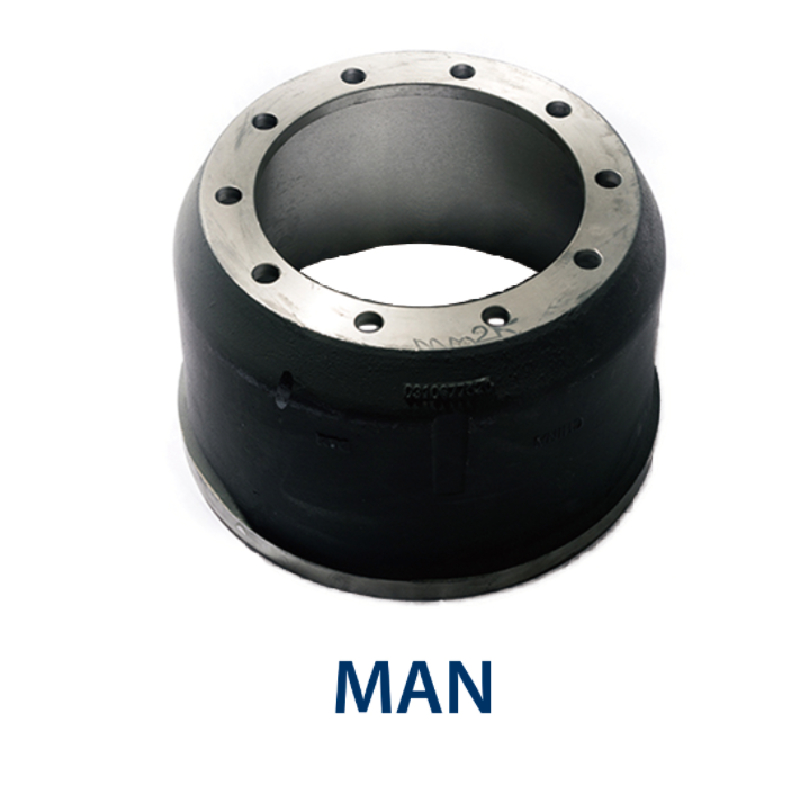7월 . 29, 2024 22:41 Back to list
Steps to Accurately Measure and Identify the Appropriate Brake Drum Size for Your Vehicle
How to Determine Brake Drum Size
Brake drums are a critical component of a vehicle's braking system, primarily found in older cars and some lightweight vehicles. Understanding the appropriate brake drum size is essential for effective braking performance and safety. This article delves into how to determine the size of brake drums needed for your vehicle.
1. Understand the Importance of Brake Drum Size
Brake drum size directly impacts the performance of your braking system. A drum that is too small can result in inadequate braking force, increased wear, and potential safety hazards. Conversely, a drum that is too large might cause other components to work harder, leading to premature failure. Hence, finding the correct size is essential.
2. Check the Vehicle’s Specifications
The first step in determining the correct brake drum size is to consult your vehicle's owner manual. This document contains vital information about your vehicle's specifications, including the recommended brake drum size. If you don’t have the manual, you can often find this information on the manufacturer's website.
3. Measure Existing Brake Drums
If you're replacing old drums and don’t have access to the specifications, measuring the existing brake drums is an effective method. To do this
- Remove the Brake Drum Safely jack up your vehicle and remove the wheel. Take off the brake drum by removing any retaining screws or clips. - Use a Caliper Utilize a caliper (preferably a digital one for ease and accuracy) to measure the diameter of the drum. You should measure the inside diameter, as this is where the brake shoes make contact.
how to determine brake drum size

- Check the Depth Additionally, measure the depth of the drum, as wear over time can reduce efficiency. Generally, there’s a minimum depth that should not be exceeded, which can often be found in the specifications or by consulting a professional.
4. Understand Different Brake Drum Sizes
Brake drums can vary significantly between different vehicles and even between models of the same brand. Common sizes typically span from about 8 inches to 12 inches in diameter. The specific size required can depend on factors including the vehicle's weight, the type of braking system used (e.g., whether it’s a single or tandem brake system), and the driving conditions.
5. Consult with a Professional
If you are still unsure about the right size for your brake drums, it's always a good idea to consult with a mechanic or a brake specialist. Professionals have the experience and knowledge to help you determine which size will work best for your vehicle based on its make, model, and usage.
6. Consider Other Components
When replacing brake drums, it’s also crucial to consider the brake shoes and other components. They should be compatible with the new drum size. Ensuring that all parts of the braking system work harmoniously is essential for optimal braking performance.
Conclusion
Determining the right brake drum size is a vital aspect of vehicle maintenance that should not be overlooked. Whether you’re replacing old drums or upgrading your system, taking the time to measure correctly and consult the appropriate resources will help ensure your vehicle operates safely and efficiently. Always prioritize safety, and don't hesitate to seek professional assistance if needed. Remember, a well-maintained braking system is key to road safety.
-
Brake Drum Man - High-Quality Drum Brake Drums & Brake Shoes for Reliable Performance
NewsJun.24,2025
-
High-Quality Brake Drum Kamaz – Durable Drum Brake Drum & Brake Shoe Replacement
NewsJun.10,2025
-
High-Quality Brake Drum Liza for Drum Brake Systems - Superior Durability and Performance
NewsJun.10,2025
-
High-Quality Brake Drum Kamaz – Durable Drum Brake Drum & Brake Shoe Solutions
NewsJun.10,2025
-
Durable Kamaz Brake Drums High-Performance Truck Parts
NewsJun.09,2025
-
Premium Brake Drum Maz Kit with Shoes Enhanced Braking
NewsJun.09,2025
